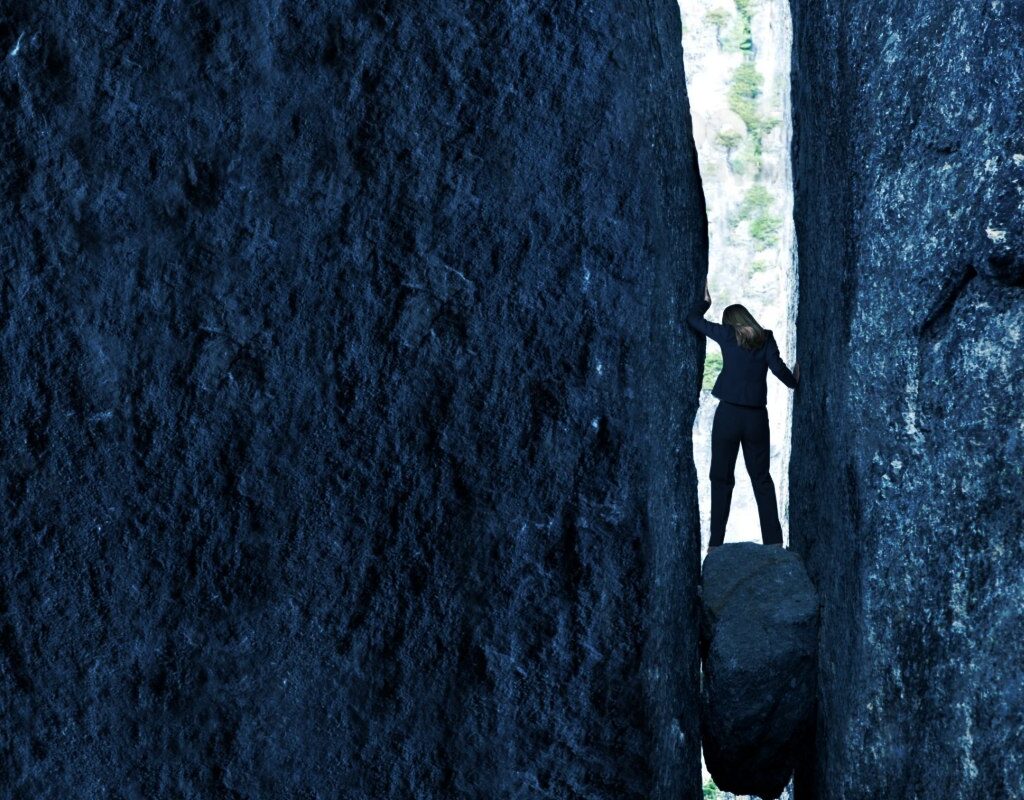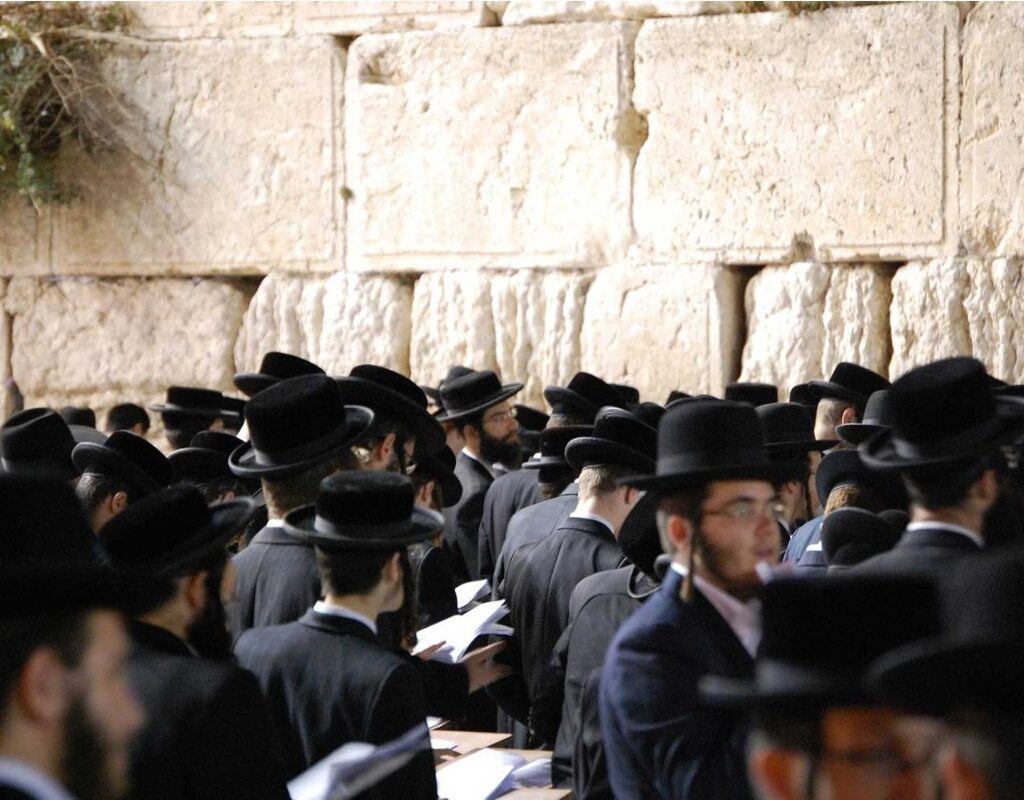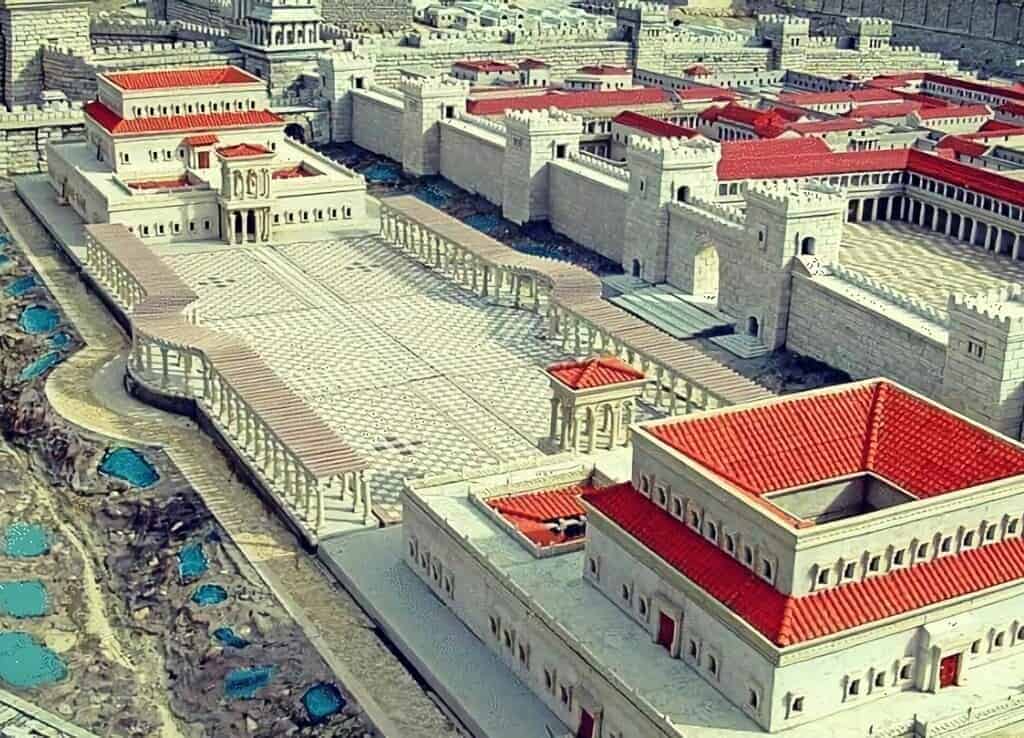The Days of Distress, or Bein Hametzarim, are much more than a period of mourning in Judaism. From the destruction of the Temple in Jerusalem to current mourning practices, discover how these three weeks, charged with cosmic energy and specific prohibitions, teach us about resilience and spirituality.
Bein Hametzarim: Days of Distress in Judaism
The term Bein Hametzarim literally means “between the straits” and refers to the three weeks of national Jewish mourning that begin on the 17th of Tammuz and end on the 9th of Av, dates in the Hebrew calendar. These weeks are imbued with a special energy, a mix of sadness, introspection and hope for redemption.
Cosmic Energy of Bein Hametzarim
During Bein Hametzarim, it is believed that the Shechinah, or divine presence, withdraws, leaving a torrent of intense and chaotic energy. This energy, though powerful, can be a double-edged sword. Some see it as an opportunity for personal growth and introspection, while others consider it wise to protect themselves and avoid unnecessary risks.
Tradition holds that during this period, Jews must be especially attentive to their actions and thoughts, as the surrounding energy can amplify both the positive and the negative.
On the other hand, the influence of Bein Hametzarim extends beyond the spiritual and affects daily life. It is a time when it is advised to avoid risky activities and making important decisions. The intense and sometimes chaotic energy can lead to unpredictable situations. However, those who manage to channel this energy correctly can find a source of inspiration and personal growth.
Historical Tragedies: The Destruction of the Temples
The period of Bein Hametzarim is marked by two historical events that left a deep impact on the Jewish community.
In 586 BCE, the Babylonian army breached the walls of Jerusalem and after a month of fierce fighting, set the Great Temple, the Beit Hamikdash, on fire. This event triggered a painful exile, described with great despair by the prophet Jeremiah.
The First Destruction of the Temple
Five centuries later, in 70 CE, the Roman Empire led the second fall of Jerusalem.
After a relentless siege, the Roman troops entered the city on the 17th of Tammuz and three weeks later, set the Second Temple on fire. This destruction marked the beginning of an exile that would last over two thousand years. The fall of the Second Temple was catastrophic, uprooting the Jewish community, dispersing it around the world and marking the beginning of a diaspora that would last centuries.
Significance of the Dates
The 17th of Tammuz and the 9th of Av are not just dates of tragedy, but also of deep reflection.
These dates represent moments when the Jewish community has faced extreme trials but demonstrated remarkable resilience. Over the centuries, these dates have been commemorated with fasts and mourning practices, serving as reminders of the need for unity and spiritual strength.
Customs of Bein Hametzarim
For the Jewish community, it is a time of mourning and reflection. From the beginning of this period, celebrations are suspended and practices of humility and solemnity are adopted. Marriages are not celebrated, new clothes are not worn and music, generally a source of joy, is silenced. Additionally, hair cutting is avoided and recreational bathing is refrained from.
Prohibitions and Restrictions
During Bein Hametzarim, Jews observe several specific prohibitions. These include avoiding activities that normally bring joy and celebration. The goal is to create an atmosphere of reflection and mourning, in honor of the tragic events that occurred on these dates. The restrictions include:
- No marriages or parties are celebrated.
- New clothes are not worn.
- Music and dancing are prohibited.
- Hair cutting and shaving are avoided.
- During the last week of the period, meat and wine are not consumed.
These practices serve to remember the destruction of the temples and the hardships faced by the Jewish ancestors during those times.
The Week of Tish’a B’Av
The culmination of Bein Hametzarim is the day of Tish’a B’Av, a day of fasting and mourning. This day marks the destruction of both the First and Second Temples. On Tish’a B’Av, Jews abstain from eating and drinking and dedicate the day to prayer and the reading of lamentation texts.
It is a day of profound sadness, but also of hope, as it is believed that in the future, Tish’a B’Av will be transformed into a day of joy with the coming of the Messiah.
In the modern era, Bein Hametzarim is a reminder of the importance of pausing to reflect on history and traditions. This time offers a window into the past and an opportunity to connect with cultural and spiritual roots. It is a moment to honor the resilience and legacy of the Jewish community and to consider how historical events continue to shape our lives and cultures today.
Through these three weeks, the Jewish community offers us a window into its history and traditions. A call to remember, learn and perhaps allow that torrent of ancestral energy to guide us on our path.
A Bridge Between Past and Present
Bein Hametzarim is a period of mourning and reflection and a bridge between the past and the present. Through the observance of these traditions, Jews keep the memory of their ancestors alive and reinforce their cultural identity. This time offers an opportunity for the Jewish community to unite in memory and learning and for everyone, regardless of our beliefs, to consider how historical events shape our lives and cultures today.
Importance of Resilience
One of the most powerful messages of Bein Hametzarim is the importance of resilience. Throughout history, the Jewish community has faced numerous adversities, but has maintained its faith and traditions. Remember that, although we face difficult times, it is possible to find strength and growth through reflection and connection with our roots.
Mourning Practices and Solidarity
The mourning practices during Bein Hametzarim foster a sense of solidarity and community. By sharing in sadness and remembrance, Jews strengthen their bonds with their brothers and sisters around the world. This sense of unity is crucial, especially in modern times where geographical dispersion can dilute cultural connection.
Bein Hametzarim and the Present
The observance of Bein Hametzarim today adapts to modern circumstances but maintains its essence. In times of pandemic, for example, communities have found creative ways to commemorate these weeks through virtual meetings and online activities.
Technology has allowed the practices and teachings of Bein Hametzarim to reach a global audience, strengthening the connection between Jews in different parts of the world.
Universal Lessons
Although Bein Hametzarim is a specific observance of the Jewish tradition, its lessons are universal. The importance of historical memory, resilience in the face of adversity and spiritual reflection are themes that resonate with people of all cultures and beliefs.
By reflecting on the challenges and achievements of the past, we can all find inspiration to face our own difficulties and contribute to a more hopeful future.
Bein Hametzarim: Connection Between the Temporal and the Spiritual
It also highlights the connection between the temporal and the spiritual. Through mourning and reflection practices, Jews not only commemorate historical events but also strengthen their relationship with the divine. This period is an opportunity to deepen spirituality and find a deeper meaning in daily life.
Final Reflections
Bein Hametzarim, the Days of Distress, is a period filled with meaning in the Jewish tradition. Through reflection and the adoption of mourning practices, a thread is woven that connects the past with the present, inviting everyone, regardless of their beliefs, to remember and learn from history.
This time honors the memory of past tragedies and offers the opportunity to grow and strengthen our connection with our roots and the global community.
The solemnity of Bein Hametzarim is a reminder of the value of resilience and the importance of remembering where we come from. It is a time to honor history and traditions and to reflect on how past events continue to shape our lives and cultures today.
By observing this period, Jews remember the tragedies of their past and their ability to persevere and find hope in the midst of adversity. This lesson of resilience and faith is an inspiration for all, reminding us that even in the darkest moments, there is always an opportunity for growth and redemption.




